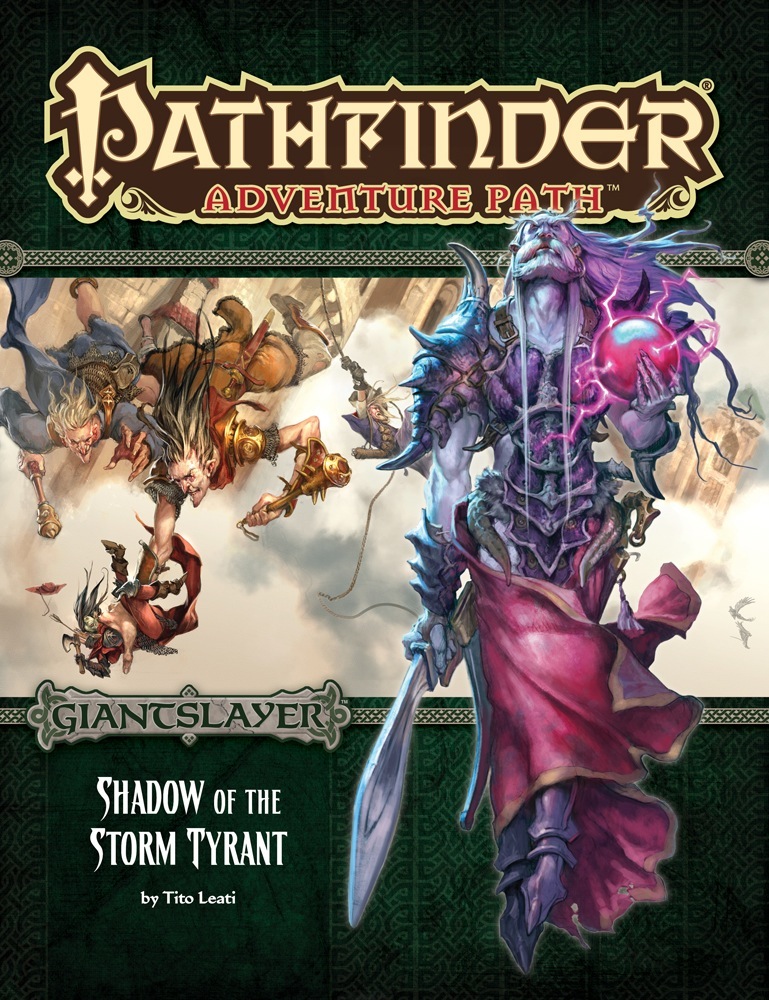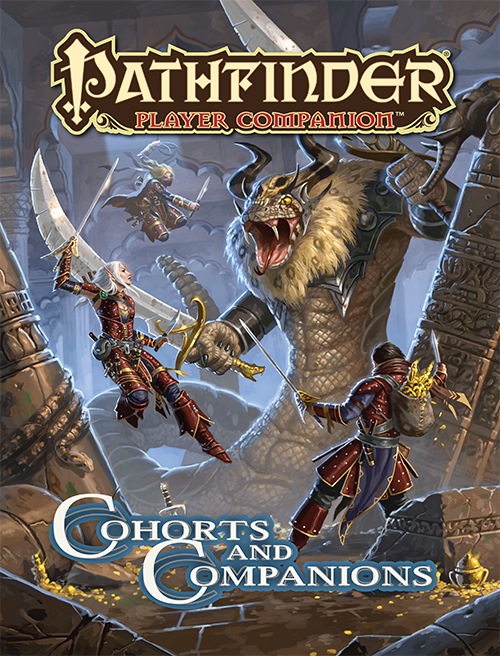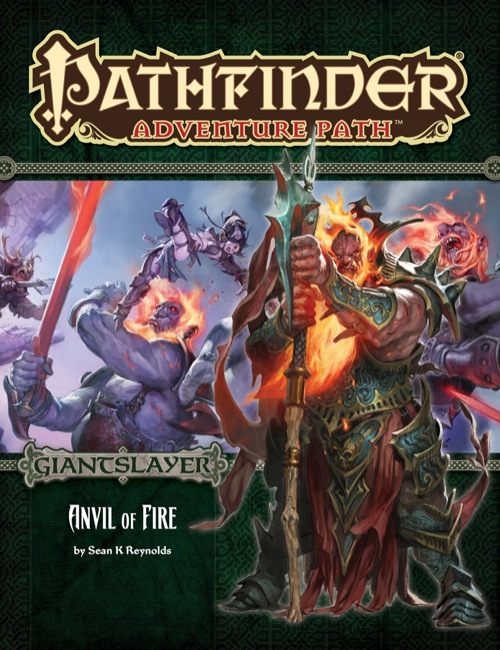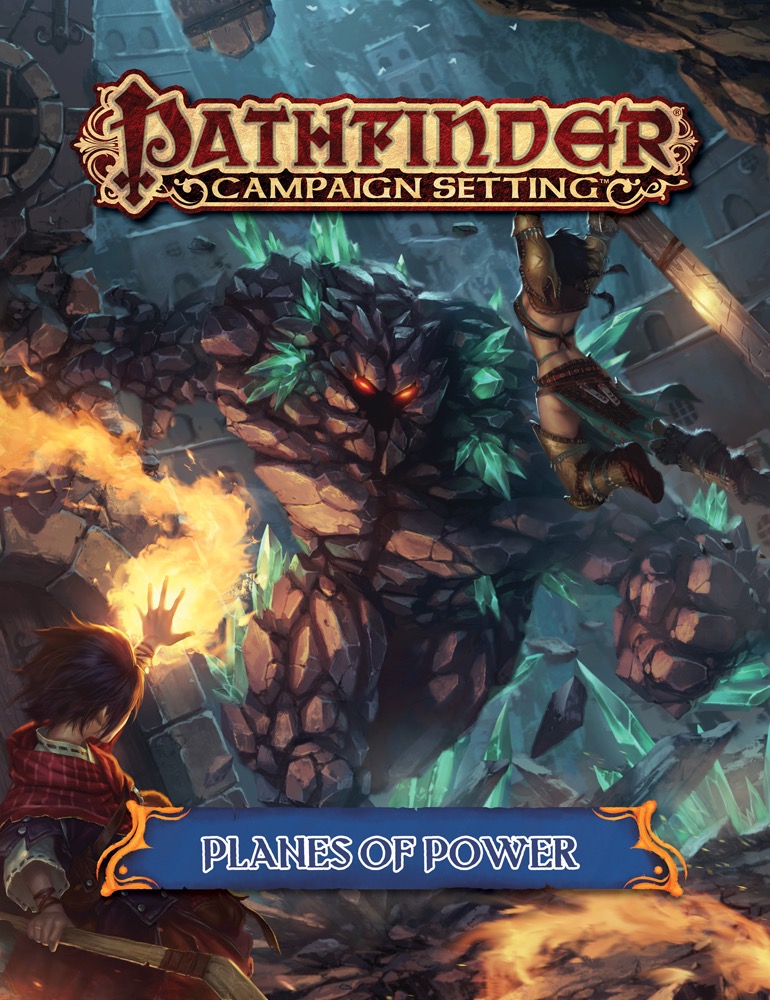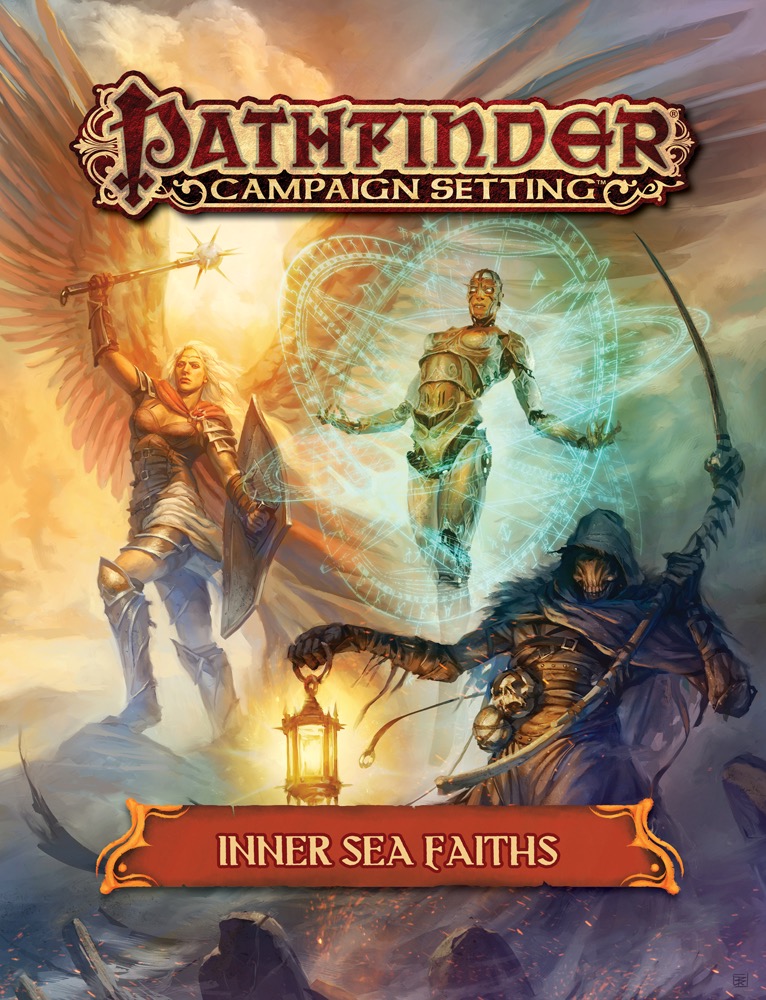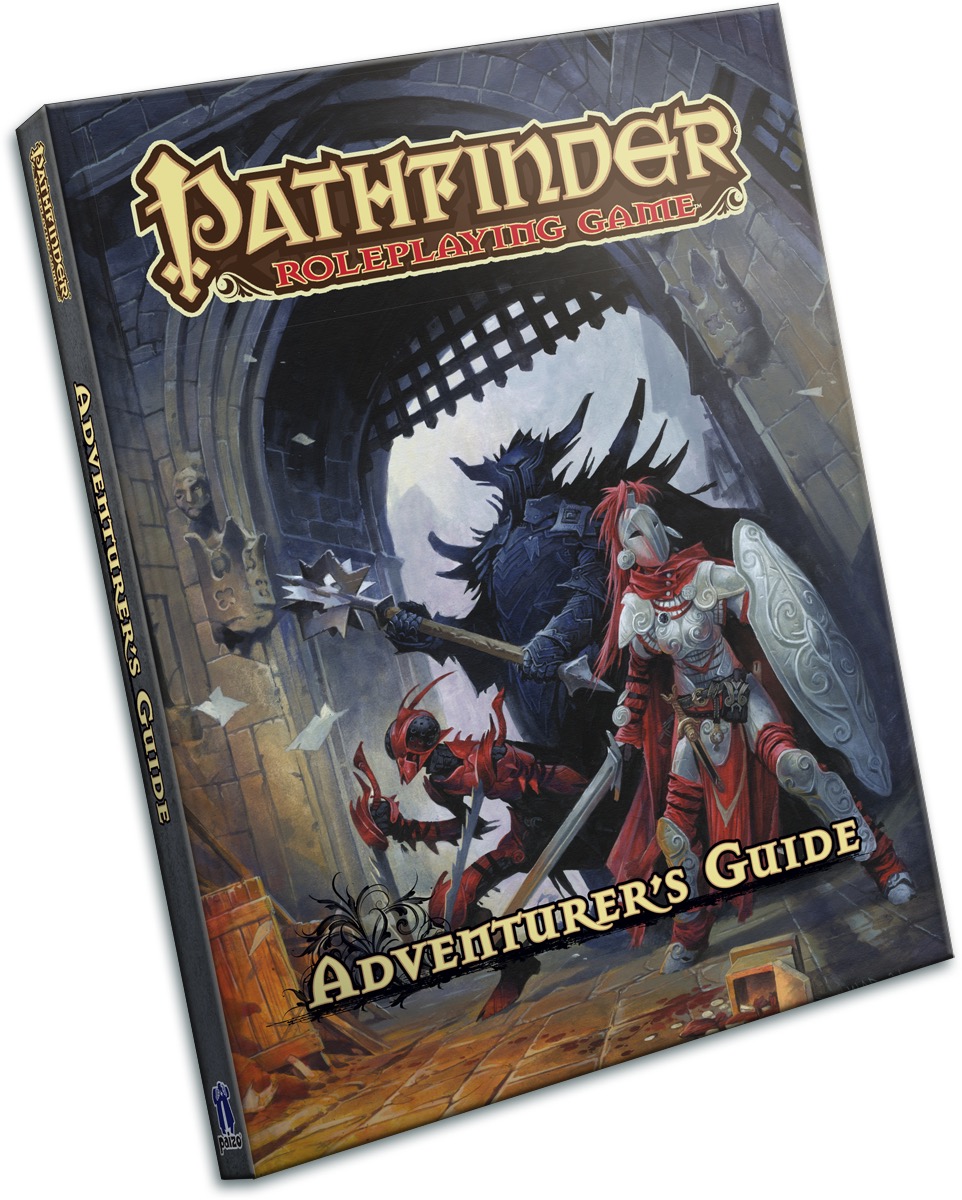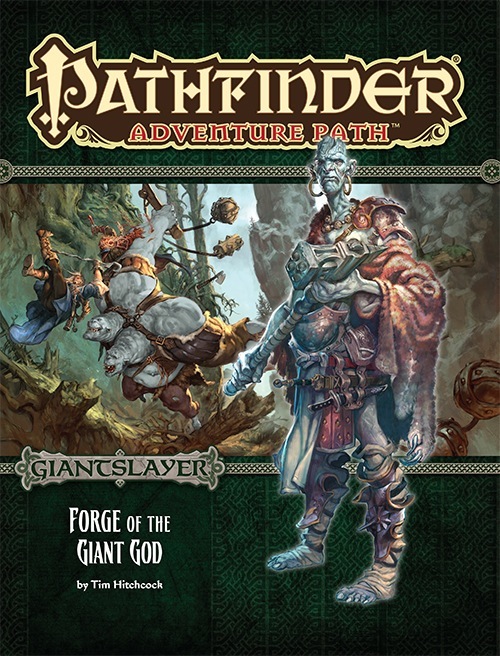Just
under two weeks ago, the Pathfinder Playtest launched. This is an
open playtest for the 2nd Edition of the Pathfinder Roleplaying Game.
It includes the Pathfinder Playtest Rulebook,
the Pathfinder Playtest Bestiary,
and Doomsday Dawn, an
adventure made up of several sections, each focusing on a specific
aspect of the game for playtesting. You can download free PDFs of all of
these, plus other materials like character sheets from the
Pathfinder Playtest website.
This
is not a review. It doesn’t really seem appropriate to write a
review of a work-in-progress. However, it does contain some of my
thoughts about the game (which I suppose is review-like). Since I
concentrate fairly heavy on Pathfinder products on Of Dice and Pen, I
figured my readers may
be just a little curious about my thoughts and why I won’t be
talking much about 2nd Edition Pathfinder for the foreseeable future.
When
2nd Edition was announced, I was cautiously excited. I believe the
game is due a new edition. I have commented in many of my reviews
that it has grown to a size where it’s impossible to keep track of
things. There are so many choices that the vast majority are never
used. The game is also convoluted with overlapping, redundant options
or even sometimes contradictory options. Pathfinder has been out for
nearly ten years now (and will have been by the time 2nd Edition
launches fully next year) and a lot of material has been published
for it, so it’s not surprising that it’s become somewhat bloated.
However, I also think Pathfinder is still a very playable game. It
just needs a bit of consolidation and a few alterations and fixes
here and there.
After
the announcement of 2nd Edition, Paizo began releasing regular
previews of the game on the Paizo Blog, and I followed
along, eager to see what the
game would be like. At first,
I liked a lot of what I was seeing (the
action economy system, for example, based on the one from Pathfinder Unchained, which I
already use in my games).
Unfortunately, it soon became clear that the changes were far more
extensive than what I was looking for. This wasn’t so much a
revision of the game as it was a complete rebuilding of it—more
like the change from D&D 3.5 to 4th Edition D&D instead of
3.5 to Pathfinder, which is more along the lines of what I want. I
have a lot of Pathfinder products that I haven’t had a chance to
use yet—adventure paths I’d like to run, for example—and
converting them to the new edition would be just too large a task
that I don’t have the time for.

And
while there are things in the new game that I like, there are also
several things that just don’t appeal to me. “Resonance” is one
such thing. This is a new mechanic for limiting magic item use and
replaces things like magic item slots. Basically, every character has
a number of Resonance Points and using or “investing” (for
worn items) a magic item requires spending Resonance Points. If you
run out of Resonance Points, it becomes more difficult to use a magic
item and you need to make checks. The idea is that the character
needs to use a little bit of their own innate magical talent to
activate a magical item. My problem with Resonance is not on the
mechanical side. For me, it changes the entire feel of the game.
Pathfinder and D&D before
it have always had some items that can be picked up by anyone and
used. There is nothing necessarily wrong with a game or setting that
requires expending innate ability to drink a potion, but that’s not
Pathfinder to me. I changes the dynamic and that doesn’t appeal to
me.
I
will not be using the Playtest rules with any of my games. All my
current games will keep with 1st Edition rules for the remainder of
their campaigns. I will absolutely take a look at the final rules for
2nd Edition when they release next year, and depending on how they
develop, I might consider using them for future campaigns. However, I
suspect I will be remaining with 1st Edition. As I said, I’ve got
lots of books waiting to be used—more than enough to last me for
many years worth of gaming. There are also a whole pile of books left
that I haven’t yet reviewed here, so I’ve got lots to keep me
busy on here for quite some time too.
Please
note that, while I don’t intend to switch to 2nd Edition at this
time, I have nothing against Paizo for producing it or anyone who
plans to make the change. As I said, I think the game is due a
change. It just so happens that change has gone in a different
direction to what I personally would have preferred.


